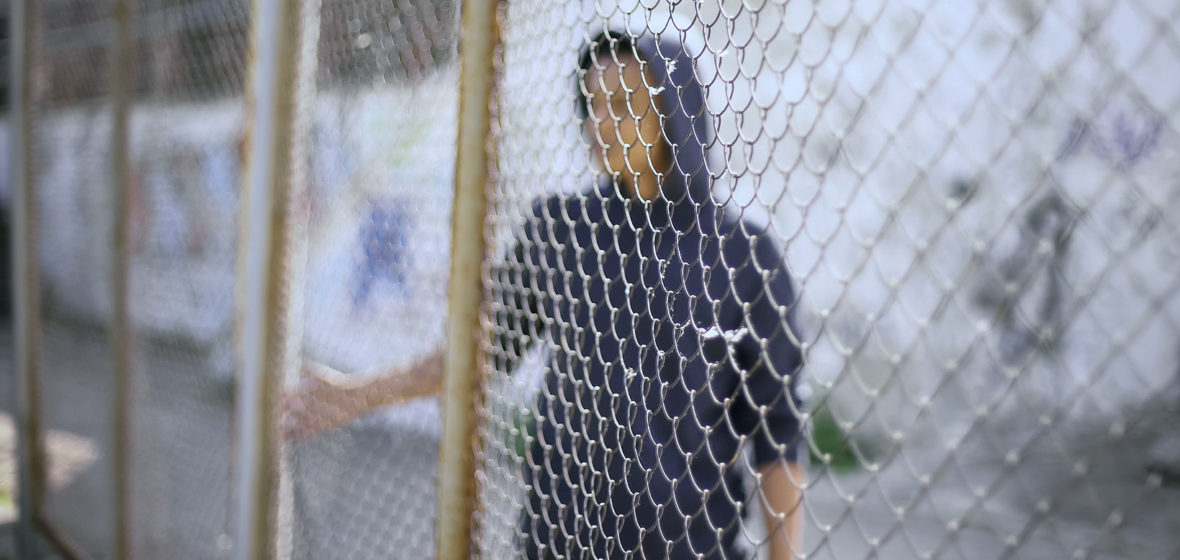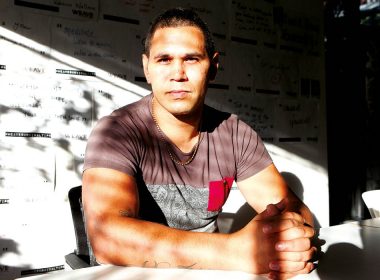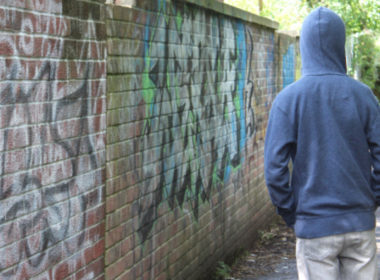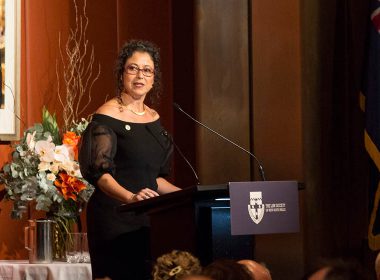The recent transfer of a “difficult cohort” of teenagers to a maximum-security adult prison in Western Australia raises familiar questions about Australia’s prison system.
The 17 young detainees have “significant offending histories” and had for months been destroying infrastructure, assaulting staff and harming themselves at Perth’s Banksia Hill juvenile centre, according to the head of the WA justice department, Adam Tomison. Tomison didn’t elaborate on what led to these incidents.
According to Gerry Georgatos, coordinator of the National Suicide Prevention and Trauma Recovery Project, the damaged cells were a sign of the strain detainees were under at Banksia Hill.
Premier Mark McGowan and Corrective Services Commissioner Mike Reynolds said the government had been left with no choice. The transfer was a necessary circuit-breaker, they argued, to provide greater security and safety for the management of the detainees. While no time frame has been specified, the WA government has described the move to Casuarina Prison as “temporary”.
Australia’s juvenile detention centres have been under the spotlight since 2016, when the ABC’s Four Corners revealed the treatment of inmates at Darwin’s Don Dale Youth Detention Centre. The children were being stripped naked, tied to restraint chairs, manhandled and even teargassed.
Such was the shock when the episode aired that, within hours, then Prime Minister Malcolm Turnbull called for a royal commission into juvenile detention centres in the Northern Territory, though he later refused to extend the inquiry to other states and territories.
The release of the commission’s final report, almost two years later, followed a familiar pattern. It found staff had in many cases not followed required procedures and the system had “failed to comply with the basic binding human rights standards in the treatment of children and young people”.
Nevertheless, none of the officers involved was charged and the commission’s recommendations seem to have been ignored.
Those incidents were not unique to Don Dale. While the government blames them on “difficult” juveniles, it ignores how young detainees are also among the most vulnerable members of society.
Unfortunately, as the Banksia Hill case shows, Australia pays scant attention to the difference between a child and an adult offender. The evidence suggests it’s time to rethink this approach.
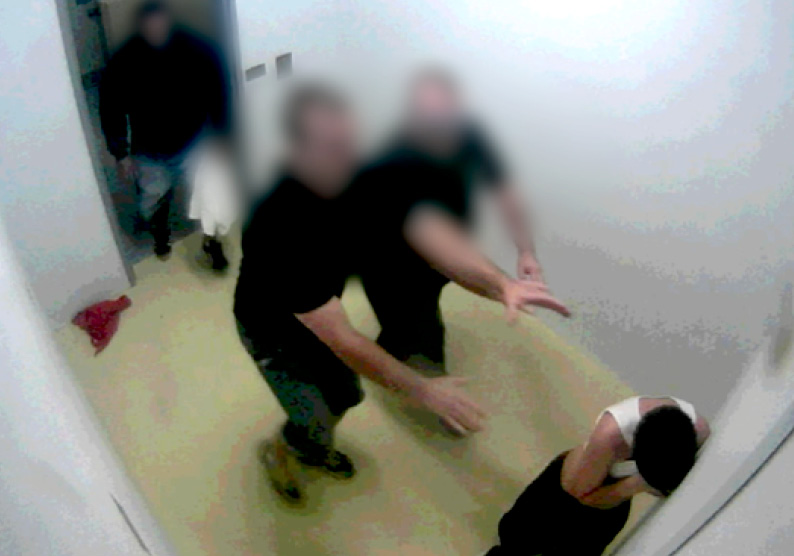
A national problem
Problems concerning the treatment of inmates at Banksia Hill Youth Detention Centres have been known for years. A 2017 report noted the increasing use of a special operations group to manage incidents at the facility. This group uses stun grenades, gun-laser sights and pepper spray, which is unprecedented in either adult or youth facilities in the state. The report noted this was a “telling sign of a facility that is failing the basics”.
An unscheduled visit by WA’s custodial inspector last year raised “reasonable suspicion” that young detainees were being subjected to “cruel, inhuman and degrading treatment”, including being held in their own cells for 23 hours of the day.
While Don Dale and Banksia Hill represent the more egregious cases, other youth detention centres around the country have also faced significant scrutiny in recent years. These include Frank Baxter in NSW and the Parkville facility in Victoria.
Changing the age of criminal responsibility is key
Article 37 (c) of the UN Convention of the Rights of the Child states juvenile detainees “shall be separated from adults unless it is considered in the child’s best interest not to do so”.
On ratifying the convention, Australia specified it was “unable to comply” with this requirement. Children would be separated from adult prisoners only when “feasible”.
The federal government has so far rejected calls by the UN to raise the age of criminal responsibility from ten to 14. In this regard, Australia’s stance is oblivious to what’s commonly known as “the labelling effect”. Young people who are labelled “criminal” are likely to live up to this label rather than growing out of crime as would normally occur.
Youth justice detention, from this standpoint, is inherently criminogenic – it encourages rather than reduces criminal behaviour.
The risk of labelling grows where young offenders are housed with adult offenders. News reports are already suggesting some of the juveniles sent to Casuarina have been speaking to adult prisoners through the fence.
Last November, the Productivity Commission noted “Australia’s prison dilemma”: our imprisoned population is at an historic high, yet crime rates are falling.
Governments spend more than $4bn each year keeping people behind bars, and taxpayers should ask what that money is achieving. Australia must also recognise the role mental health plays in the behaviour of “difficult” children. We can’t continue to sweep that problem under the carpet.![]()

